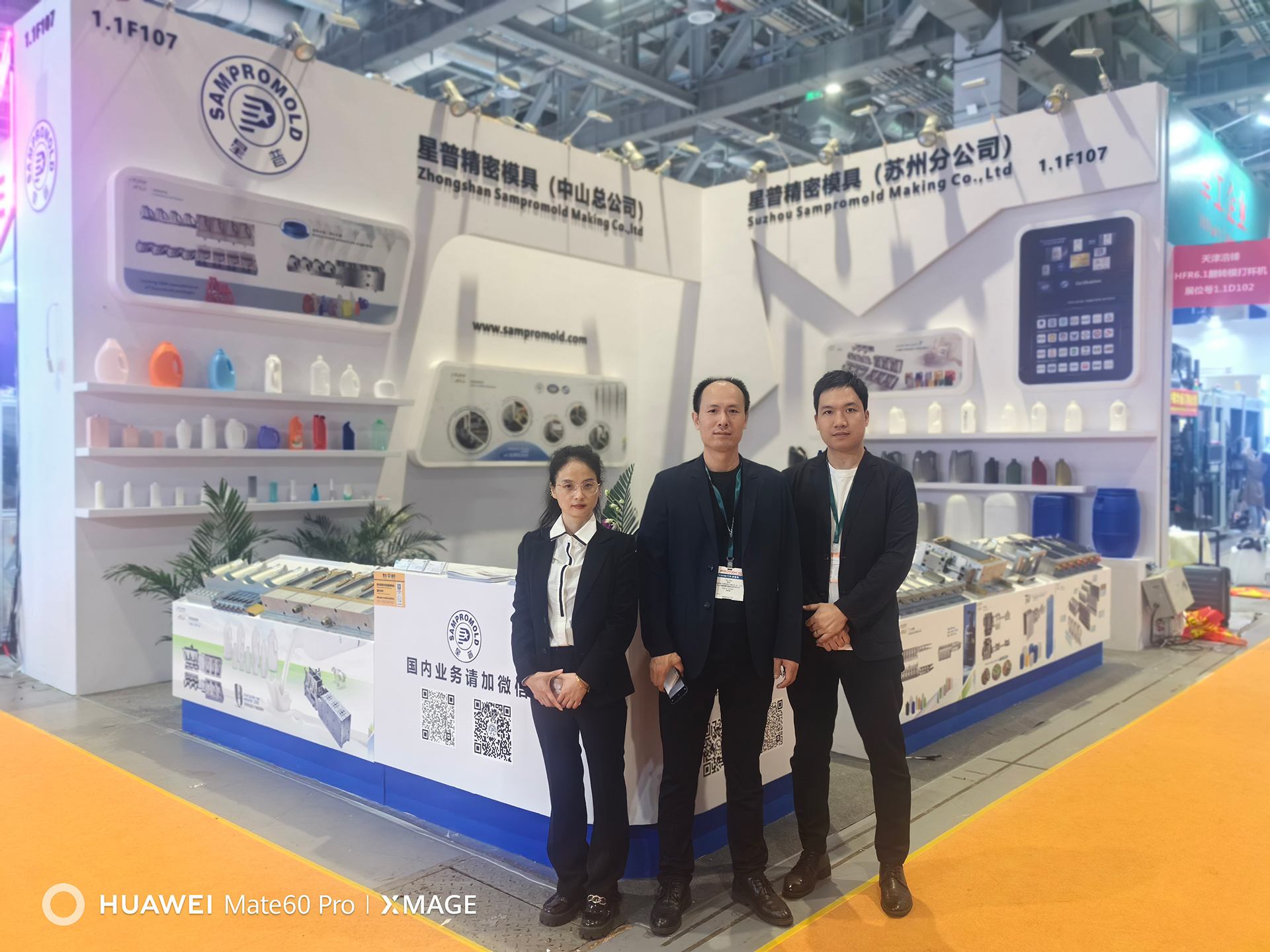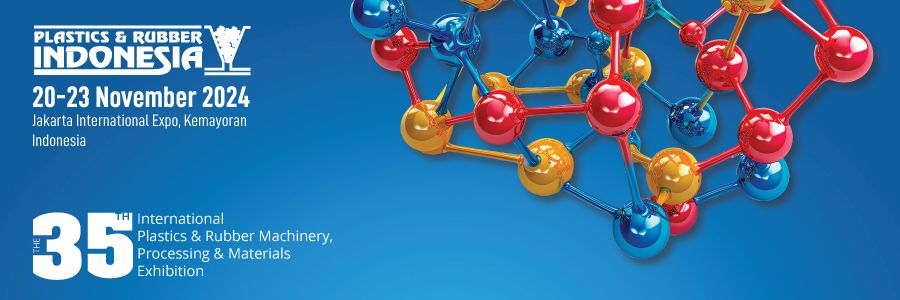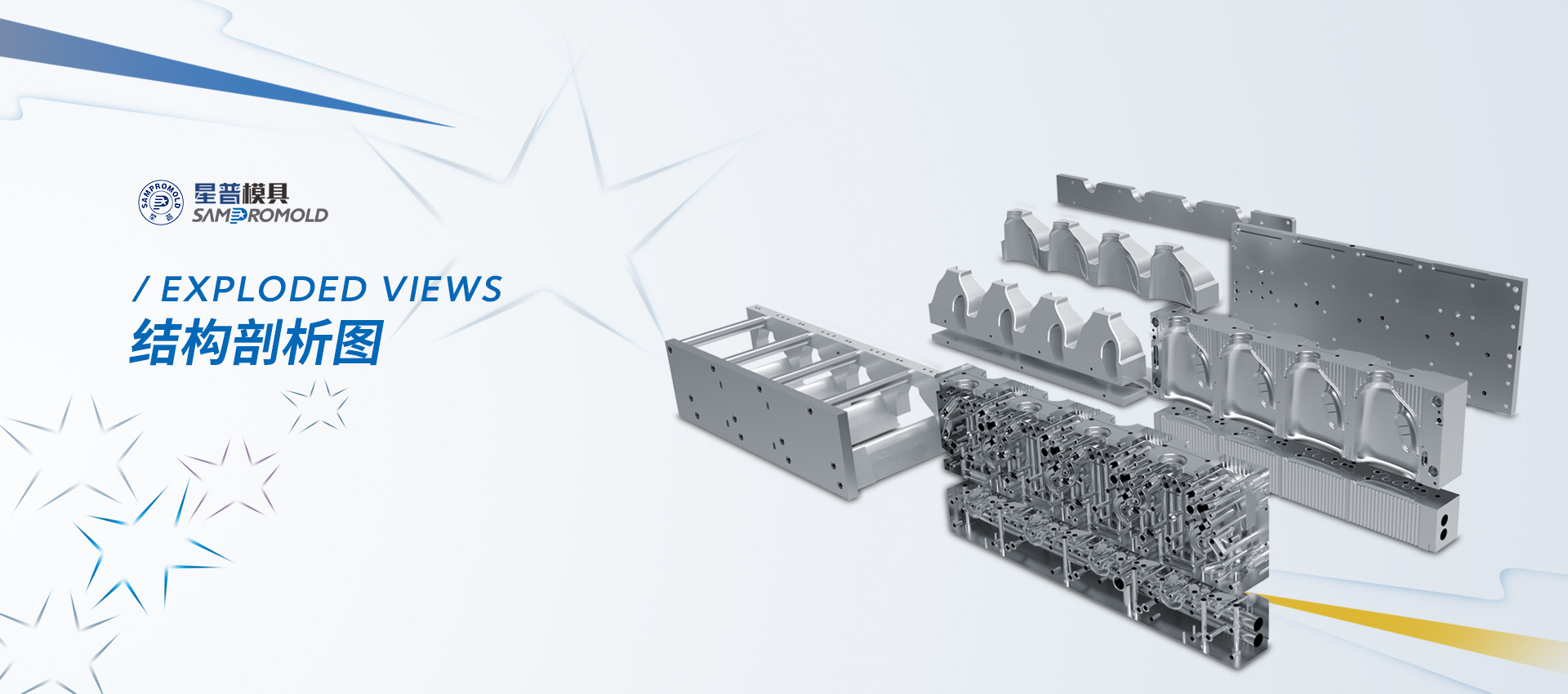How to deal with warping and deformation of plastic molds during injection molding?
Time:
2024-04-10
The warping and deformation of plastic injection molded products is a very troublesome problem. The main focus should be on mold planning, while the adjustment effect of forming conditions is very limited. So, how do we deal with warping and deformation of plastic injection molded products?
1. When poor demolding causes stress deformation, it can be treated by increasing the number or area of push rods, setting demolding angles, and other methods.
2. When residual stress causes deformation due to forming conditions, the stress can be eliminated by reducing the injection pressure, increasing the mold and making the mold temperature uniform, increasing the resin temperature, or using annealing methods.
3. When the cooling method is inappropriate, resulting in uneven cooling or insufficient cooling time, the cooling method can be adjusted and the cooling time can be extended. For example, cooling circuits can be set up as close to the deformation as possible.
4. Regarding the deformation caused by molding shortening, it is necessary to revise the mold planning. The most important thing is to ensure that the wall thickness of the product is consistent. Sometimes, under unavoidable circumstances, the deformation of the product can only be measured, and the mold can be adjusted in the opposite direction for correction. Resins with higher shortening rates are generally crystalline resins (such as polyoxymethylene, nylon, polypropylene, polyethylene, and PET resins) with greater deformation than amorphous resins (such as PMMA resin, polyvinyl chloride, polystyrene, ABS resin, and AS resin). In addition, because glass fiber reinforced resin has fiber orientation and large deformation.
RELATED NEWS













